Second Approach: Probabilistic Model
The objetive of this second approach is to evaluate the performance of a segmentation method where depth data is considered in GrabCut's energy function in analogous way to color. Here we propouse a seeding strategy based in depth data.
Energy Function Definition
The energy
function to be considered is,
 |
where WC represents the Color Model and WD the Depth Model, both defined as Gaussian Mixture Models.
The Data Term is given by the expression,
 |
Finally the Smoothness Term is given by ,
 |
 |
Seeding
- Construct a Background Depth Model from the pixels in the border of the Selection Rectangle.
- Construct a Foreground Depth Model from the pixels in the interior of the Central Rectangle, this is, the rectangle of sides 1/2 of the Selection Rectangle and located in its centre.
- Discard the Gaussian components of the Foreground Depth Model whose mean value have the highest probability according to the Background Depth Model.
- Adjust the participation coeficients of the remainig components of the Foreground Depth Model to sum up to one.
- Evaluate all pixels in the image respect to these models, and mark them as Foreground Seeds or Background Seeds according to the obtain likelihood.
- From the Foreground Seeds build the definite Foreground Depth and Color Models. Do the same with the Background Seeds.
Results
| RGB | Seeds | Result |
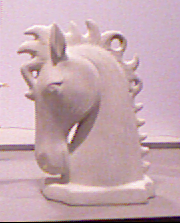 |
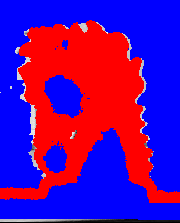 |
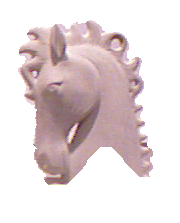 |
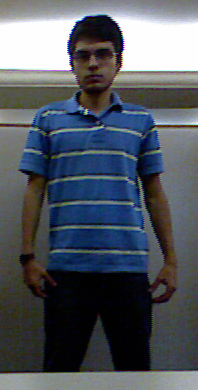 |
 |
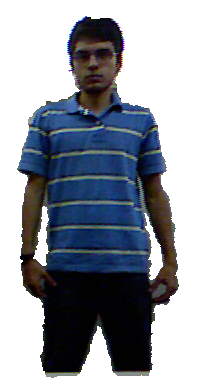 |
 |
 |
 |
Remarks
- Seeding was not accurate and consequently most of results were unsatisfactory.
- Try to build good models for depth data distribution from Gaussian Mixtures is a difficult task. You must deal with the fact that BG depth-variance is (in general) much larger than FG depth-variance.
- There is a lot of work to do in parameter calibration for the propoused energy function.